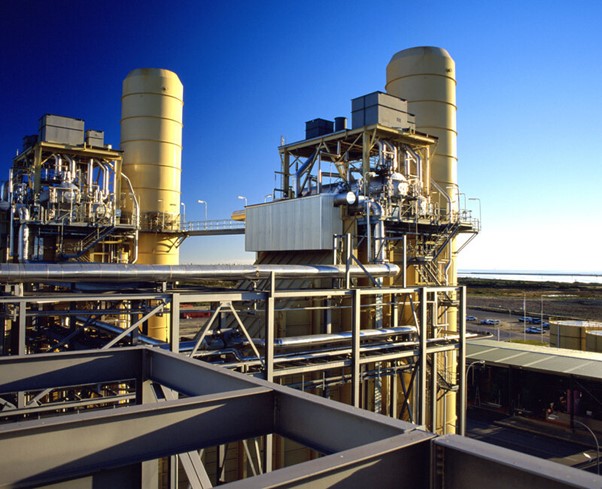Error message title

Error message title
Searching great energy plans for you
What is natural gas and why is it important?
Natural gas is a colourless, odorless, flammable gas that usually contains about 90% methane.
It can be found in deep underground rock formations, often alongside oil or coal.
It’s one of the main energy sources in the world.
How does a gas-fired power station work?
Gas-fired power stations burn natural gas to produce electricity.
There are two main ways they do this – open cycle and combined cycle.
Open Cycle Gas Turbine
Open-cycle production is the most common method. Natural gas is burned to create a pressurised gas, which powers a turbine that is connected to a generator. The turbine turns the magnets in the generator to create electricity.
Combined Cycle
The Combined-Cycle Gas & Steam Turbine (CCGT) plant generates energy using two different types of turbines in combination: a gas turbine and a steam turbine. In essence, it recycles its fuel to maximise its electricity output.
Pelican Point Power Station Energy Generation Process
- Natural gas arrives at the power station via a pipeline.
- Air is drawn through filters and then compressed
- The natural gas is mixed with the compressed air, and this mixture is then burnt in a combustor.
- This process produces high pressure, high temperature combustion gases that drive a turbine connected to a generator.
- The generator spins an electromagnet at very high speed (about 50 times a second), inside copper wire conductors.
- This generates electricity.
- The exhaust gases from the turbines are then directed to the Heat Recovery Steam Generator where it is used to boil water in a series of pipes, producing superheated steam.
- Any remaining exhaust gas is released through a large chimney.
- The superheated steam is delivered to a steam turbine, which in turn drives another generator to produce electricity.
- The steam powered turbine and generator increases the overall efficiency of the gas/steam turbine (or combined cycle) operation of the power station to around 53%.
- The steam used to rotate the steam turbine is directed to a condenser, where it is cooled back into liquid water for reuse in the boilers.
- 10,000 litres of seawater per second is pumped through the condenser for this purpose.
- The seawater is returned to the sea.
- Each of the three generators at Pelican Point produces electricity at 15,750 volts.
- The voltage of the electricity is increased to 275,000 volts at the step-up transformers before being delivered to the switchyard and the National Electricity Grid.
- It is then transformed into lower voltage to be used in our homes, schools, shops and factories.
- This whole process is monitored and controlled at the station’s control room.


